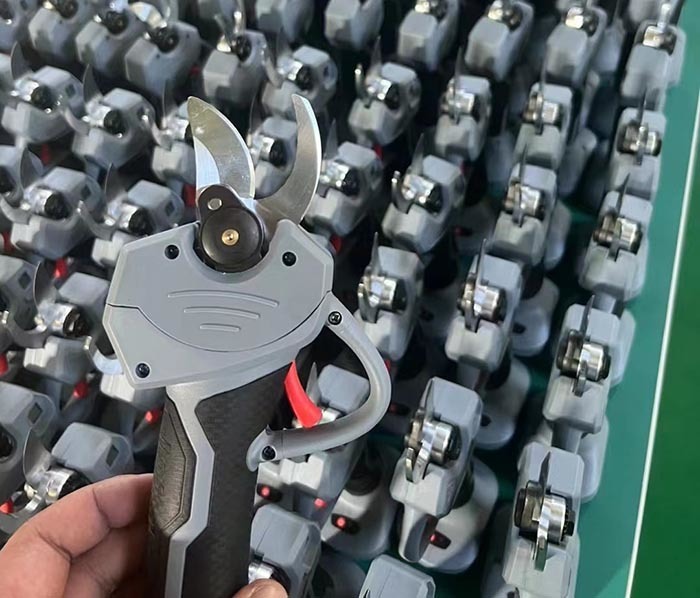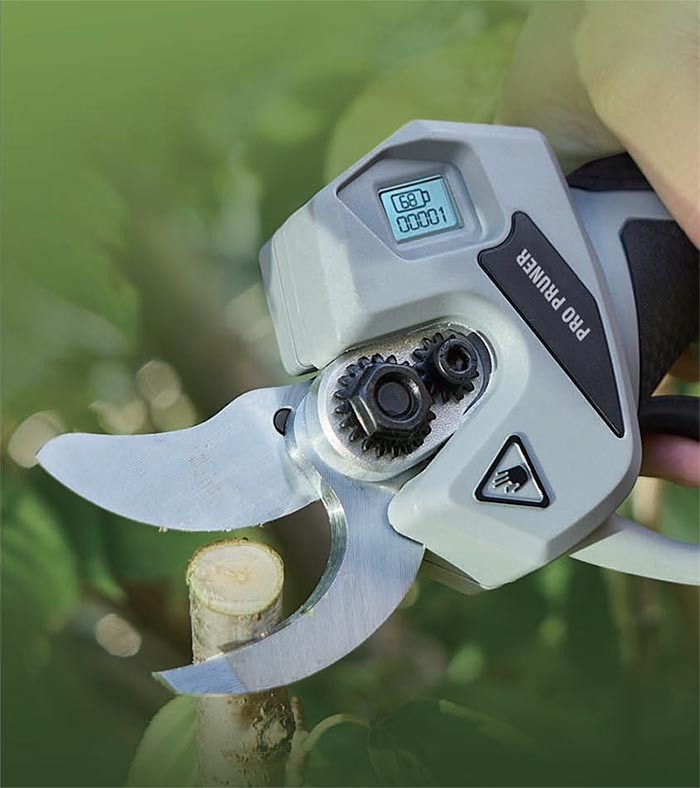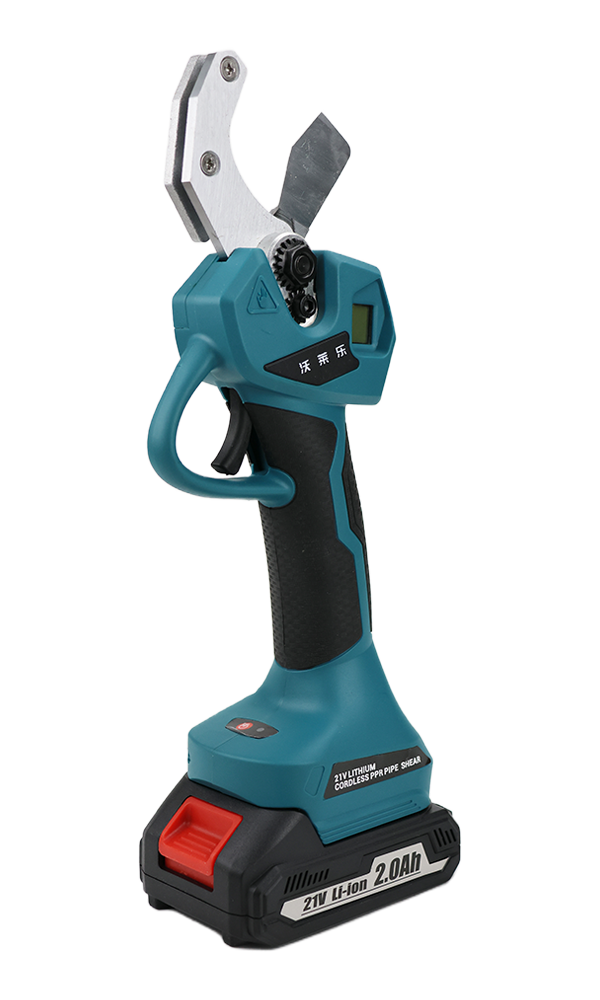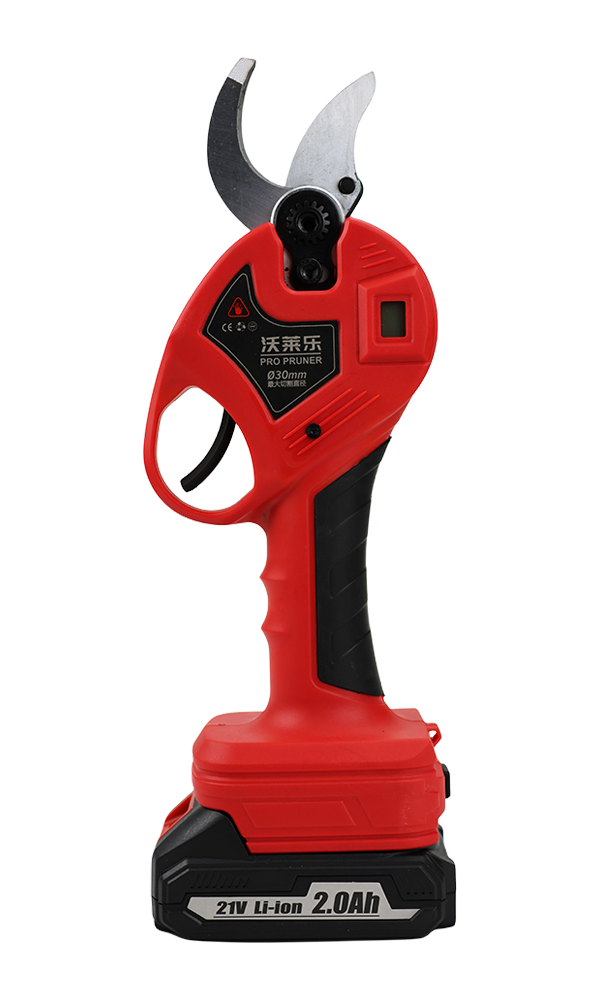NEWS
May 02,2024
Unlock the Secrets to Perfect Pruning with These Essential Tips
**Introduction**
Pruning is an essential task for any gardener looking to maintain a healthy and vibrant garden. Proper pruning not only enhances the appearance of your plants and trees but also promotes growth and overall health. In this guide, we will uncover the secrets to perfect pruning and provide you with essential tips for achieving optimal results in your garden.
**Why Pruning is Important**
Pruning plays a crucial role in the overall health and appearance of your plants and trees. By removing dead or diseased branches, you can prevent the spread of disease and promote new growth. Pruning also allows for better air circulation and sunlight exposure, leading to healthier and more robust plants.
**Choosing the Right Tools**
When it comes to pruning, having the right tools is essential. Invest in high-quality gardening shears, loppers, and pruning saws to ensure clean and precise cuts. Sharp tools will make the job easier and prevent damage to your plants.
**Pruning Techniques**
There are several key pruning techniques to master for successful garden maintenance. Learn how to make proper cuts to encourage new growth and maintain the shape of your plants. Thin out crowded branches and remove any crossing or rubbing limbs to promote healthy growth.
**When to Prune**
Timing is crucial when it comes to pruning. Different plants and trees have specific pruning requirements, so be sure to research the best time to prune each species. Generally, it is best to prune in late winter or early spring before new growth begins.
**Common Pruning Mistakes to Avoid**
Avoid common pruning mistakes that can harm your plants and trees. Overpruning, incorrect cuts, and pruning at the wrong time of year can all have negative effects on your garden. Take the time to learn proper pruning techniques to avoid damaging your plants.
**FAQs**
1. How often should I prune my plants?
It depends on the type of plant, but most plants benefit from annual pruning to maintain health and shape.
2. Can I prune my plants in the fall?
It is best to avoid pruning in the fall, as plants are preparing for dormancy and may be more susceptible to damage.
3. What is the best way to disinfect pruning tools?
To prevent the spread of disease, clean your tools with a mixture of bleach and water before and after each use.
4. Is it necessary to wear gloves when pruning?
Wearing gloves can protect your hands from thorns and sharp branches, making the pruning process safer and more comfortable.
5. How can I promote new growth after pruning?
Properly pruning your plants can stimulate new growth by encouraging the development of dormant buds.
**Conclusion**
Mastering the art of pruning is essential for any gardener looking to maintain a beautiful and healthy garden. By following these essential tips and techniques, you can unlock the secrets to perfect pruning and ensure the success of your garden for years to come. Remember to invest in the right tools, learn proper pruning techniques, and avoid common mistakes to achieve optimal results in your garden. Happy pruning!
Pruning is an essential task for any gardener looking to maintain a healthy and vibrant garden. Proper pruning not only enhances the appearance of your plants and trees but also promotes growth and overall health. In this guide, we will uncover the secrets to perfect pruning and provide you with essential tips for achieving optimal results in your garden.
**Why Pruning is Important**
Pruning plays a crucial role in the overall health and appearance of your plants and trees. By removing dead or diseased branches, you can prevent the spread of disease and promote new growth. Pruning also allows for better air circulation and sunlight exposure, leading to healthier and more robust plants.
**Choosing the Right Tools**
When it comes to pruning, having the right tools is essential. Invest in high-quality gardening shears, loppers, and pruning saws to ensure clean and precise cuts. Sharp tools will make the job easier and prevent damage to your plants.
**Pruning Techniques**
There are several key pruning techniques to master for successful garden maintenance. Learn how to make proper cuts to encourage new growth and maintain the shape of your plants. Thin out crowded branches and remove any crossing or rubbing limbs to promote healthy growth.
**When to Prune**
Timing is crucial when it comes to pruning. Different plants and trees have specific pruning requirements, so be sure to research the best time to prune each species. Generally, it is best to prune in late winter or early spring before new growth begins.
**Common Pruning Mistakes to Avoid**
Avoid common pruning mistakes that can harm your plants and trees. Overpruning, incorrect cuts, and pruning at the wrong time of year can all have negative effects on your garden. Take the time to learn proper pruning techniques to avoid damaging your plants.
**FAQs**
1. How often should I prune my plants?
It depends on the type of plant, but most plants benefit from annual pruning to maintain health and shape.
2. Can I prune my plants in the fall?
It is best to avoid pruning in the fall, as plants are preparing for dormancy and may be more susceptible to damage.
3. What is the best way to disinfect pruning tools?
To prevent the spread of disease, clean your tools with a mixture of bleach and water before and after each use.
4. Is it necessary to wear gloves when pruning?
Wearing gloves can protect your hands from thorns and sharp branches, making the pruning process safer and more comfortable.
5. How can I promote new growth after pruning?
Properly pruning your plants can stimulate new growth by encouraging the development of dormant buds.
**Conclusion**
Mastering the art of pruning is essential for any gardener looking to maintain a beautiful and healthy garden. By following these essential tips and techniques, you can unlock the secrets to perfect pruning and ensure the success of your garden for years to come. Remember to invest in the right tools, learn proper pruning techniques, and avoid common mistakes to achieve optimal results in your garden. Happy pruning!
Latest News
Mar 13,2024
Mar 13,2024






